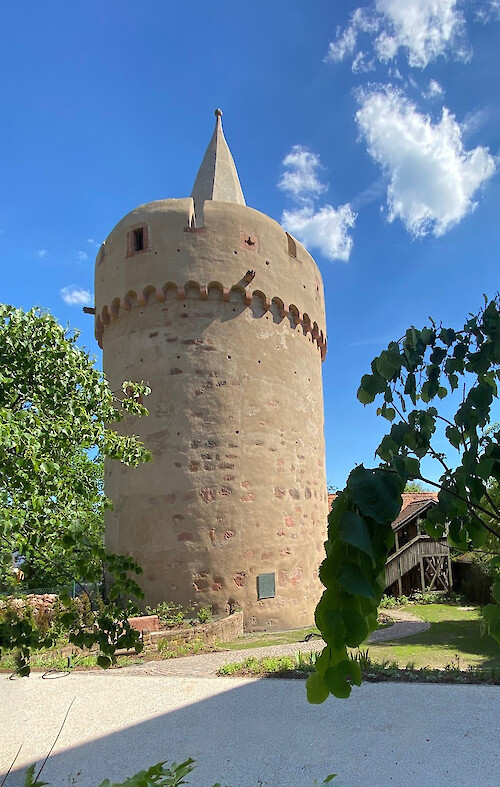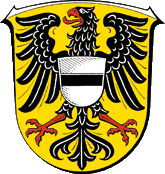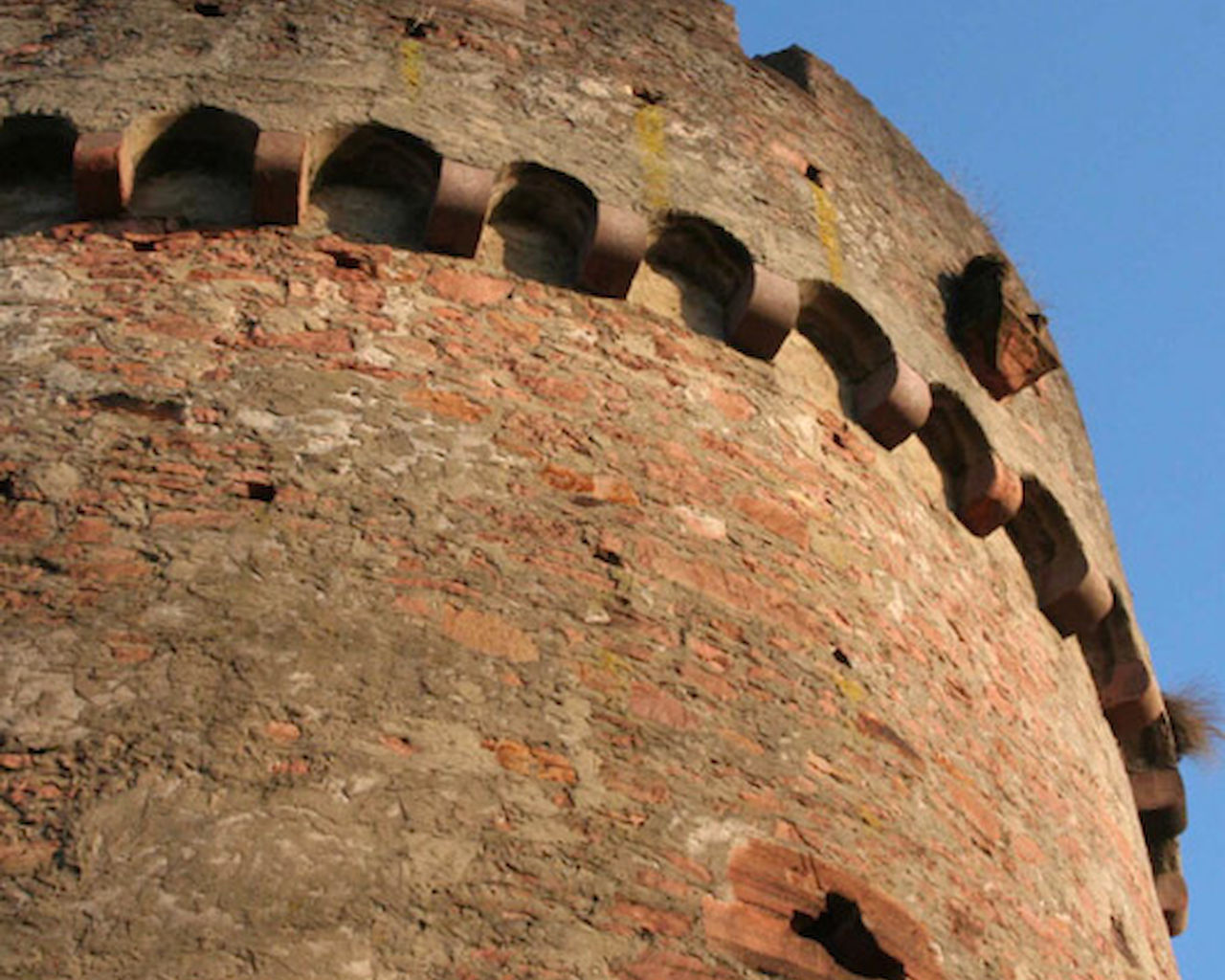
Building started on the Witches’ Tower in the middle of the 15th century as part of the renovation of the town fortifications. The overall architectural concept as a round tower indicates that the tower was conceived for the use of, and protection against, firearms.
Inside the tower there is a room about eight metres high and with walls three metres thick, half of which lies below ground level. Originally munitions were stored in this room. The only access was though an opening in its domed roof which linked it to the room above. The present entrance to this room at ground level was only created at the beginning of the 20th century.
The tower was completed in 1478. It is likely that the small seated sandstone figure, located on a console on the outside of the ramparts and facing south west, is intended to ward off evil in the sense of medieval grotesques. The original name of the tower is “Fratzenstein” or “Grotesque Tower”. The tower got its present name much later when the lower room of the tower served as a prison for those accused of witchcraft. Trials were usually conducted in the town hall and often included torture.
During the witch hunts of the late 16th and early 17th centuries more than 50 people were executed for witchcraft. The well documented case of the widow of the parish priest Johannes Strupp in 1599 clearly demonstrates that anyone could become a victim. “The calling woman”, a bronze statue by Eva Gesine Wegener, was erected in 1986 in front of the Witches’ Tower in memory of those execut

Cafè zum Hexenturm
Komfortables Cafe mit reichhaltigem Angebot, unterhalb des Hexenturm`s gelegen.

Romanesque House
Dates from the 12th century and served as administrative building and town hall.

Brick Tower
Brick Tower is a typical tower from the 14th century, brick-built on three sides.

Haitz Gate
The Renaissance portal on the inner side of the tower is noteworthy.

Synagogue
A new synagogue was built in 1601.
QR-Code scannen?

Digitaler Stadtrundgang
Barbarossastadt Gelnhausen
loading ...
A satelles.de service:
find out - experience - discover





